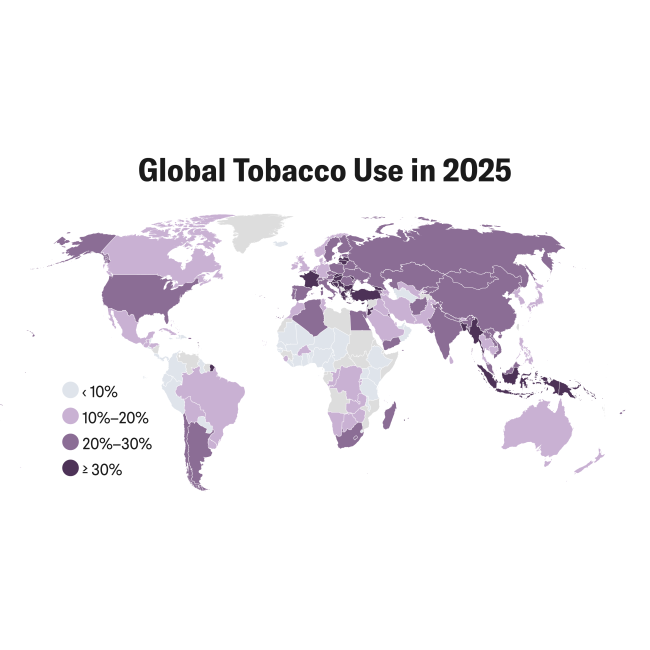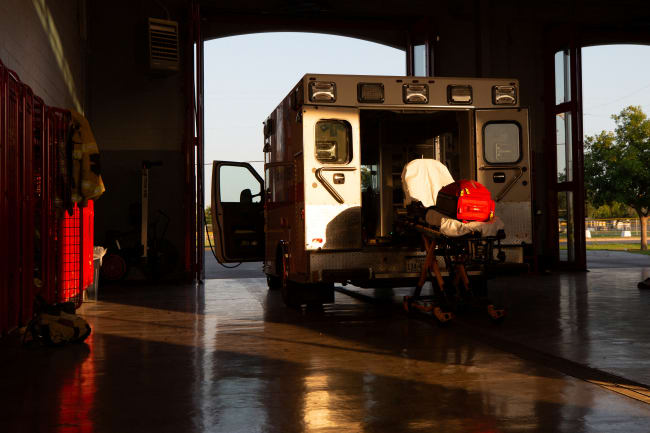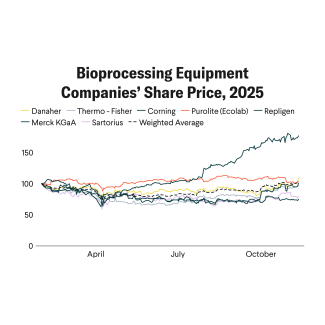Before the pandemic, more than one billion children attended school on any given school day. In many regions of the world, this fall is the third academic year marked by the COVID-19 pandemic, and the first opportunity to resume in-person schooling. Children, parents, and school administrators the world over are keen to see this academic term marked by normalcy, and policy makers are equally eager to ensure that schools have the necessary structures in place to keep students safe, regularly attending, and ready to learn.
Before COVID-19 pandemic, more than one billion children attended school on any given school day
The return to school is a story about the resumption of social safety nets and basic health services that children need and communities expect—services, including daily meals and routine health assessments, that were cut or minimized when, at the height of the pandemic, over 90 percent of countries shifted to some form of online or broadcast-based instruction.
The Harms of COVID-19 on Children
School-age children and adolescents have been one of the most resilient groups to morbidity and mortality risks from the SARS-CoV-2 virus. But they've also been vulnerable to the indirect effects of the pandemic; of particular concern is the risk for school-age children and adolescents to leave school completely as they step into support roles, such as caregiving for younger siblings or finding piecemeal work to compensate for their caregivers' lost sources of income and expended savings—a ripple effect of pandemic lockdowns.
Students are further hindered by disruptions in the delivery of health and nutrition services that schools typically deliver to support their physical and cognitive development. These services are an end in their own right as they are a prerequisite to children being able to fully engage and learn in school. The aggregate harm of distance learning for school-age children is hard to fully quantify, but the most vulnerable populations are likely to bear the brunt of the negative consequences.

School Health and Nutrition Beyond COVID
School health and nutrition programs are among the most commonly delivered social investments worldwide, with more than 100 countries offering some form of health service delivery for school-attending children and adolescents. The particular health, nutrition, and contextual challenges for students differ across contexts, so programs vary worldwide. But the components necessary for effective school health are constant and can play a vital role in health systems strengthening for communicable diseases and other health crises.
UNESCO's Focusing Resources for Effective School Health (FRESH) framework is a long-standing and well-utilized framework for designing school health programs. It tackles four domains and provides implementers with the flexibility to determine the most appropriate programming for their schools within these pillars:
- School policies governing what is supported and prohibited on the school grounds. These could include, for instance, policies institutionalizing an essential package of school health services, national standards regulating the school food environment, and school-based policies against tobacco use, bullying, gender-based violence, and the use of corporal punishment to discipline.
School health and nutrition programs are among the most commonly delivered social investments worldwide
-
Health education provides students with age-appropriate information on behaviors that prevent common ailments as well as general health knowledge. Ideally, the curriculum builds on prior lessons as children age. Considering the pandemic, health education may include information around social distancing, handwashing, and mask wearing.
-
Health and nutrition services encompass a broad range of potential services delivered on the school premises either by the school staff or in conjunction with health workers. Other common services include vision and hearing assessments, provision of bednets to prevent malaria, deworming, and micronutrient provision, among others. Well-established programs may also include referral mechanisms between schools and health facilities.
-
School environment focuses on the physical infrastructure, community engagement, and environmental cues that promote health. Examples include the provision of potable water, inclusive, accessible, and physically sound school buildings, maintained grounds that facilitate physical activity, and rules prohibiting the sale of unhealthy foods and beverages in school canteens and cafeterias.
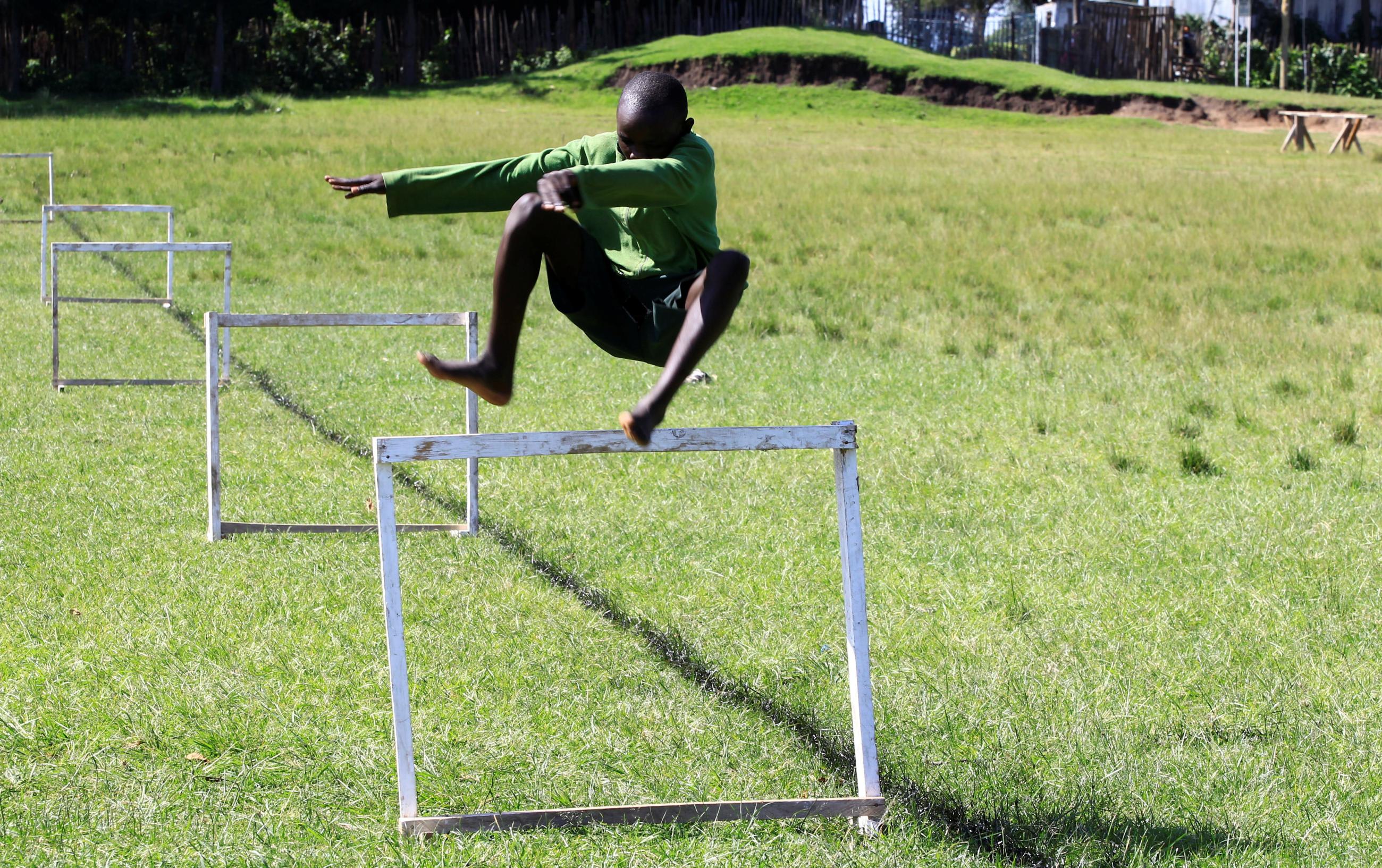
Past Barriers to Investment
Investments in the health of young learners have remained under-resourced globally. One analysis published in the Lancet estimates that health funding for children drops significantly once children become school-age, and in contrast, education funding jumps. The difference in annual investments for children from age five in low- and lower-middle-income countries is somewhere in the ballpark of 3 billion USD for health, and in comparison, is approximately 210 billion USD for education. The ripple effects of this imbalance are evident on the school grounds; for example, the WHO estimates that fewer than half of schools in sub-Saharan Africa have access to drinking water. School-age children and adolescents also have the least contact with the traditional health system.
The long-standing focus by major actors in global health on children under the age of five can in part be traced back to arguments that investing in children under five is more cost effective. This case was most famously made by James Heckman in the Heckman Curve. According to his research: "Early interventions targeted towards disadvantaged children have much higher returns than later interventions such as reduced pupil-teacher ratios, public job training, convict rehabilitation programs, tuition subsidies, or expenditures on police."
WHO estimates that fewer than half of schools in sub-Saharan Africa have access to drinking water
Yet, recent systematic analyses have shown a very noisy relationship between cost-effectiveness and the age of the target group when a broad range of programs were evaluated. According to the authors of one such analysis, complicating the relationship between cost-effectiveness and age of recipient are factors such as:
-
What outcomes were measured over what period of time?
-
How effectively did the intervention target those who potentially benefit?
-
How quickly do the benefits accrue?
-
How good was the program?
Because the lion's share of children's health investments have gone to children under five, a corresponding amount of research has investigated interventions for that population. Of the health literature covering the first two decades of life, approximately 95 to 99 percent is concentrated on children under age five years. Yet to state the obvious, nothing meaningful happens on a child's fifth birthday that demarcates their health status from vulnerable to resilient. This is not to say that children under the age of five should no longer receive attention, nor that funds should be equitably distributed between younger and older children. Rather, that effective and cost-effective programs are determined by far more than the age of the target group. Children over the age of five continue to need support as they mature, and augmenting the health investments targeted to older children will make it easier for them to sustain gains from earlier investments and improve their ability to attend school and learn.
Challenges in Implementation
School health investments have not only been impeded by the prevailing global health orthodoxy that focuses almost exclusively on children under the age of five. In a world where social service provision is often divided among ministries of health and ministries of education, school health has always had an ownership problem. Who owns school health? When inter-ministerial committees are developed to steer school health, do they have the authority to convene the Ministries they represent? Ownership and management of school health is often where the rubber meets the road and school health investments can be neglected in a siloed world.
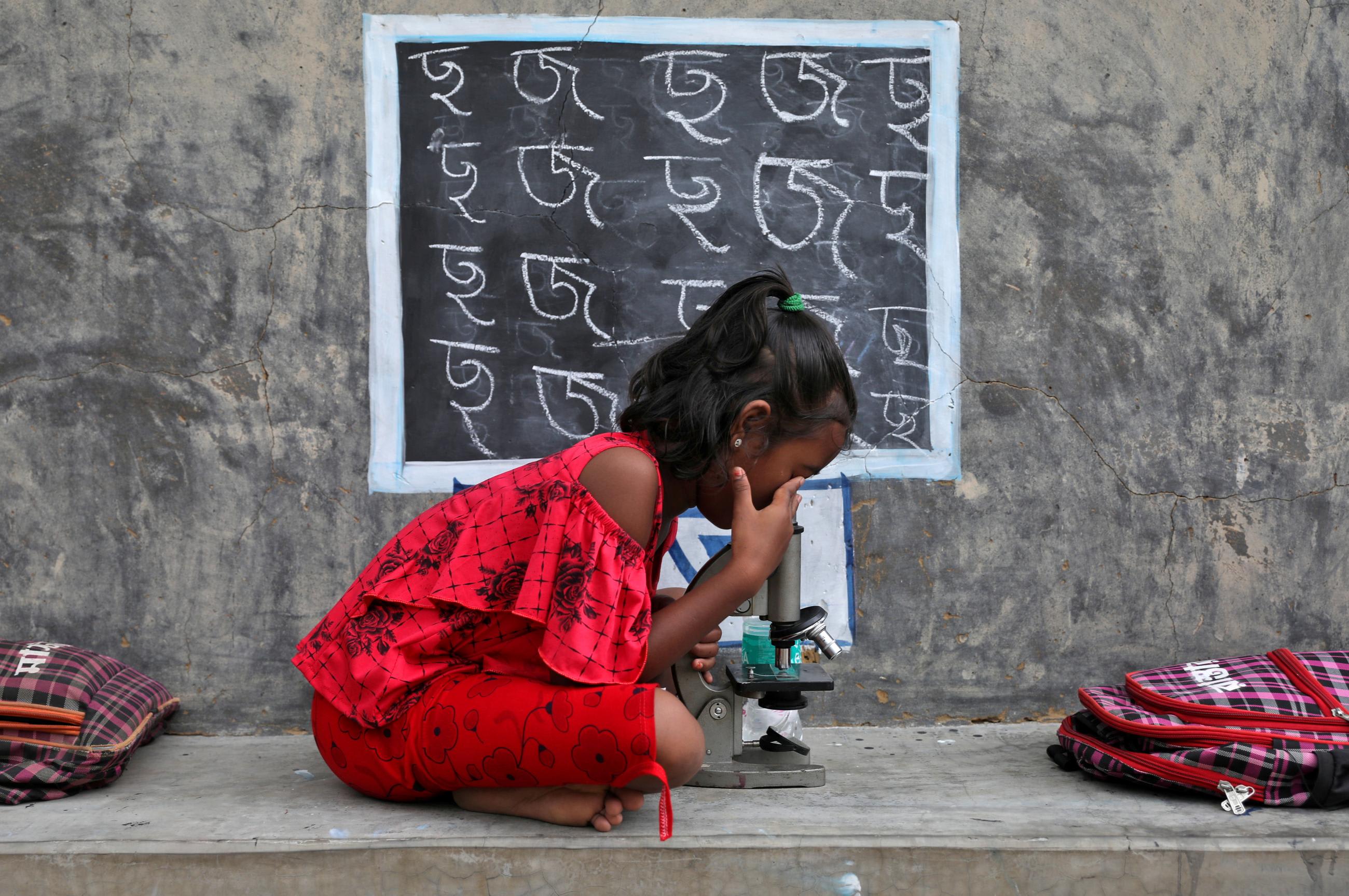
A further challenge for program implementers is the limited available documentation detailing how successful programs have been organized, run, and cost; and the limited examples that exist are too context-specific to be used as a blueprint. The World Health Organization and UNESCO recently updated its Health Promoting Schools framework. This 'reboot' comes more than 20 years after the original framework was released and, if utilized, ensures that countries will not need to reinvent the wheel as they strengthen existing programs.
Increasing Momentum for School Health
There has been a notable increase in the focus on older children in recent years, evidenced by the growing number of high-level institutions and donor-funded initiatives that give weight to investments and interventions across the life course. A few examples include: the World Bank hosted Global Financing Facility for Women, Children and Adolescents (GFF); the WHO hosted Partnership for Maternal, Newborn & Child Health (PMNCH); and the Child Health Task Force, which now includes a technical sub-group focused on the health and wellbeing of older children and adolescents.
This momentum might be most palpable with recent Nobel Prize awards. When Abhijit Banerjee, Esther Duflo, and Michael Kremer were awarded the Nobel Prize for Economic Sciences in 2019, one of the studies that established the value of the randomized control trial approach to development economics was the provision of deworming drugs for school-age youth. The analysis concluded that the provision of deworming medications was highly cost-effective. Meanwhile, the 2020 Nobel Peace Prize went to the UN World Food Program, which has long supported governments with the implementation of school food operations.
Critical Actions
Individuals and organizations concerned with school health will need to remember the old public health adage to not let "perfect" be the enemy of "good." Comprehensive school health programs are particularly rare in low-income countries and will not be established overnight— especially during the COVID-19 crisis. Next steps toward more robust school health programs include:
- Limiting the fallout on school-age children from the indirect effects of COVID-19. With high levels of out-of-school youth, schools cannot meet the health needs of these children. Coordination between schools and community health groups and services will be critical.
- Furthering research related to school-age children. What gets assessed often gets addressed and the relative lack of research on school health has been a barrier to investment as donors and policy makers reasonably ask where the evidence is to justify investment. Efforts to identify and pursue research gaps are key to defining best practices and building global momentum. Actions including the establishment of the Research Consortium for School Health and Nutrition at the London School of Hygiene and Tropical Medicine will support independent research to answer these questions.
- Pursuing innovation. Although there are many tried-and-true approaches for school health that must be prioritized there is also significant room for innovation. For example, little work to date has focused on how mobile applications may be used in school health to support teachers in making appropriate referrals, tracking student health longitudinally, integrating with other primary health systems or program monitoring.
- Encouraging institutional shifts towards multi-sector coordination. Institutions face many of the same constraints as governments, with actions determined by budget envelopes, sectoral monitoring and evaluation structures, and staff bandwidth. Organizations can consider approaches to facilitate coordinated action in geographies where there are shared objectives. USAID, for example, has developed its own analysis to lay the groundwork for closer engagement between technical specialists who support Africa Bureau Missions and the Regional Bureau.
School-age children have suffered tremendously due to the COVID-19 pandemic. As children return to school this fall, there is a need to consider how to support their healthy development now and in the future, particularly in light of the missed opportunities for intervention over the past 18 months. Governments will have little appetite for new or expanded programs as all programs become subject to global budget pressures. Yet school health is essential to realizing both global health and education goals. Consistent and well-timed investments in health and wellbeing as children age is good for the child, for their community, and for the future prosperity of their nations—and the world.



